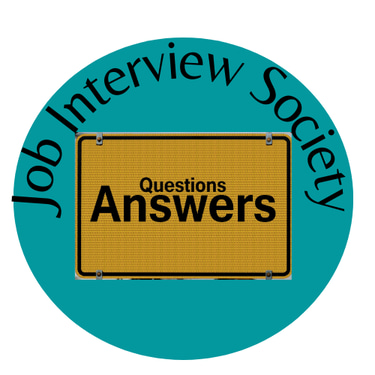How to Answer Failure interview Questions in Interviews
Learn how to effectively respond to interview questions about failure in the workplace. This guide offers tips and strategies to showcase your resilience and growth during challenging experiences.
12/1/20242 min read


Understanding the STAR Method
The STAR method is a widely recognized technique for responding to behavioral interview questions. This acronym stands for Situation, Task, Action, and Result. It provides a structured way to present your past experiences, which is especially useful when addressing challenging questions like, "Tell me about a time you failed." By utilizing this method, you can depict your failure in a constructive light, demonstrating your ability to learn and grow from setbacks.
Applying the STAR Method to Your Failure Narrative
When detailing a failure, it's essential to outline the situation clearly and succinctly. Start by setting the context: Where were you working? What was your role? For example, in a previous job at a marketing firm, I was tasked with leading a campaign to increase brand awareness for a new product launch. My primary responsibility was to coordinate between various teams and ensure that the project met the deadline.
Next, identify the specific task or objective at hand. In my case, the goal was to successfully launch the campaign within three months and achieve a 20% increase in engagement metrics. Unfortunately, despite my best efforts, I miscalculated the time required for market research, leading to a rushed campaign that ultimately failed to resonate with our target audience.
Reflecting on Actions and Results
The action step involves delving into what you did in response to the failure. Admitting the mistake and taking responsibility is critical in this part of the narrative. After realizing the campaign wasn't performing as expected, I took proactive steps to analyze the feedback and data collected post-launch.
Finally, discuss the results and what you learned. Despite the setback, this experience was invaluable. By embracing the failure and applying the feedback, I was able to redesign the campaign. In the subsequent iteration, we conducted in-depth audience analysis, and the renewed efforts resulted in a successful relaunch that exceeded our initial engagement goals by 35%. This taught me the importance of thorough planning and the necessity of robust feedback mechanisms. Through this experience, I cultivated resilience and the understanding that failures can often lead to greater success when approached with a learning mindset.
In conclusion, using the STAR method to discuss a time you failed not only showcases your ability to face challenges head-on but also highlights your growth and adaptability. By framing your story of failure within this structure, you provide a compelling narrative that resonates with potential employers, emphasizing your problem-solving skills and determination to improve. Always remember, failure is not the end; rather, it is an opportunity for growth and development that can significantly shape your future success.
